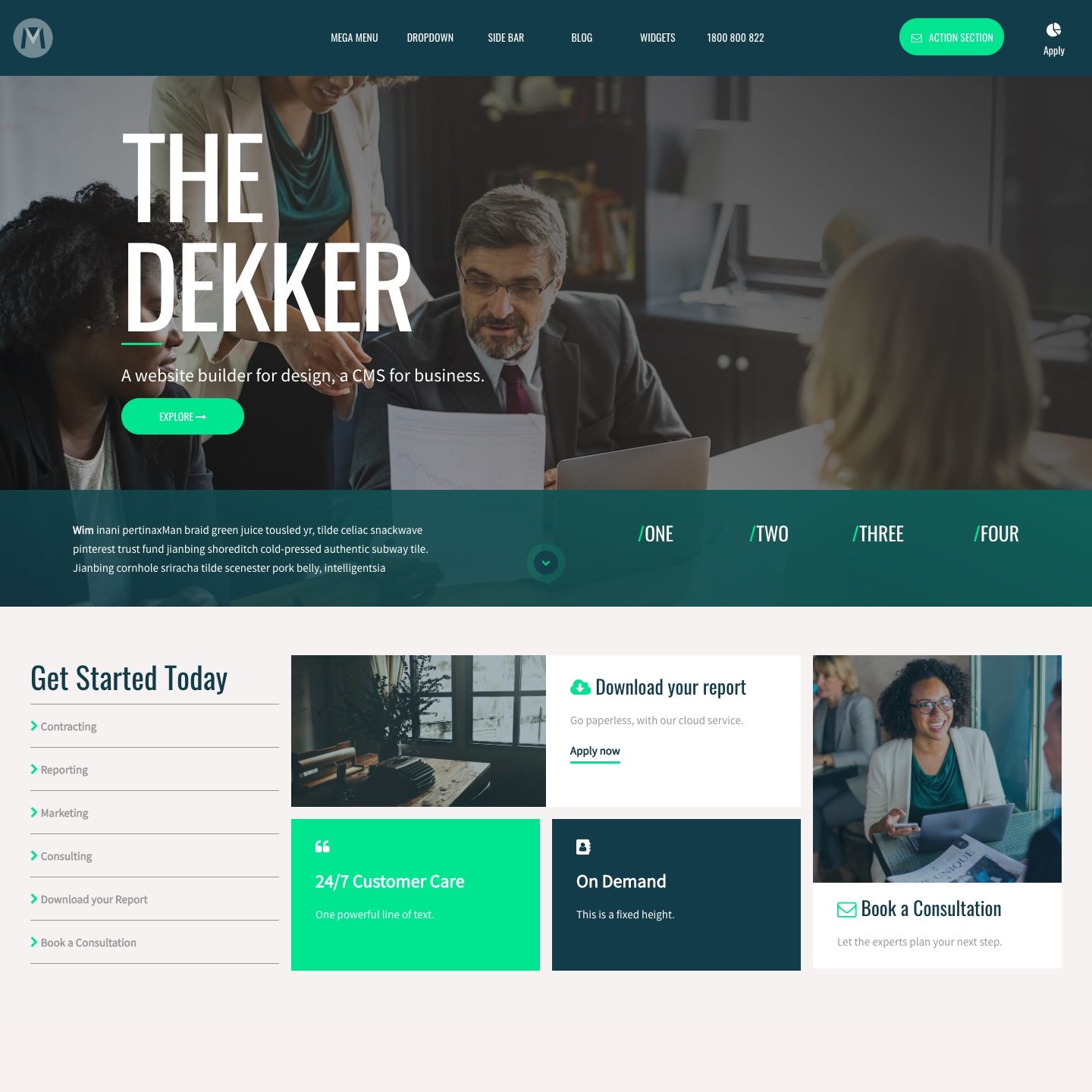Expert Tips for Crafting a Responsive Website Design for Mobile Users
Expert Tips for Crafting a Responsive Website Design for Mobile Users
Blog Article
Modern Website Layout That Captures Focus and Transforms
In an increasingly digital landscape, modern web site layout has actually arised as an essential factor in capturing individual attention and driving conversions. As we explore these necessary parts, it becomes clear that comprehending their interaction can considerably impact a website's performance and individual complete satisfaction.
Importance of Visual Pecking Order
Aesthetic hierarchy is a vital aspect in website layout, as it guides customers' attention and enhances their overall experience. By tactically arranging material, developers can route users to the most important information initially, thereby raising interaction and enhancing usability. Effective visual power structure uses different strategies, consisting of dimension, spacing, shade, and contrast. Larger elements normally draw the eye, while contrasting colors can stress key messages, making them stand out amongst more restrained elements.
Including a sensible circulation in content setup is necessary; for instance, placing one of the most important details at the top of a web page promotes instant recognition. In addition, regular usage of typography, such as differing font sizes and designs, assists establish a clear web content framework. This organization not just aids in navigation but also develops trust, as individuals really feel a lot more comfy when they can quickly locate what they are looking for.
Inevitably, a well-executed aesthetic hierarchy not only enhances visual appeal yet likewise significantly impacts individual behavior. By prioritizing vital elements and making sure a seamless experience, designers can properly transform site visitors into customers, reinforcing the importance of this fundamental style principle in contemporary site development.
Responsive Design for All Devices
Creating a seamless experience throughout different devices is important in today's digital landscape, where users accessibility web sites from mobile phones, desktop computers, and tablet computers alike. Responsive design is a critical strategy that makes certain web sites adapt fluidly to different display positionings, sizes, and resolutions. By employing flexible grids, photos, and CSS media queries, developers can produce formats that maintain visual stability and capability, no matter the gadget being used.
The significance of receptive layout prolongs past visual appeals; it straight impacts customer engagement and conversion rates. A site that works well on all devices encourages longer gos to and minimizes bounce rates, as customers are most likely to interact with web content that is easy to navigate. Moreover, search engines, particularly Google, focus on mobile-friendly sites in their rankings, making responsive layout an important part of search engine optimization (SEARCH ENGINE OPTIMIZATION)
Including receptive style not just boosts user experience yet also enhances the development procedure. By producing a single website that works across tools, companies can save time and resources contrasted to establishing separate mobile and desktop computer versions. Eventually, receptive design is a fundamental method for modern web site style, guaranteeing access and fulfillment for all customers, despite their device.
Engaging Interactive Components
While a receptive design prepares for a useful website, integrating appealing interactive aspects is important for recording individual attention and promoting deeper links. Website Design. Interactive elements, such as computer animations, quizzes, and clickable infographics, produce a more dynamic individual experience, motivating visitors to invest more time on the website
Integrating interactive features can also guide individuals via complex info, making it much easier to digest material. As an example, interactive sliders can highlight item variations, while ingrained videos can offer demonstrations or testimonials that resonate more than fixed pictures or message. Gamification strategies, like benefits for completing jobs or engaging with content, can boost customer motivation and retention.
Reliable usage of interactive components not only enriches the user experience yet can also lead to higher conversion rates. It is crucial to stabilize interactivity with efficiency; excessively complex features may hinder site rate, negatively impacting customer complete satisfaction.
Streamlined Navigating Practices
Reliable navigating is a cornerstone of any type of effective site, as it directly affects individual experience and web content availability. Structured navigation techniques make sure that customers can quickly find information, boosting their interaction with the website. A well-structured navigation food selection ought to be user-friendly and straightforward, typically including a restricted variety of main categories to stay clear of frustrating site visitors.
To accomplish streamlined navigating, designers should focus on an ordered framework that logically organizes web content. Executing breadcrumb routes can supply customers with context regarding their current place within the site, enabling seamless backtracking. Additionally, making use of drop-down food selections can effectively preserve space while still giving accessibility to subcategories.
Receptive style is important, as navigating should be useful across all gadgets (Website Design). Mobile customers, particularly, benefit from touch-friendly food selections and collapsible areas that preserve functionality without jeopardizing visual appeals

Effective Call-to-Action Methods
A well-crafted call-to-action (CTA) is essential for guiding customers toward wanted end results on an internet site, as it urges them to engage with content or make an acquisition. To maximize their efficiency, CTAs must be clear, compelling, and purposefully put throughout the website.
First, utilize action-oriented language that communicates seriousness or worth, such as "Get Started," "Join Currently," or "Case Your Discount." This language not only encourages individuals yet likewise sets clear assumptions concerning the following steps.
2nd, dig this think about style elements; CTAs must stick out visually with contrasting colors, enough whitespace, and famous positioning. A switch that is simple to see and click rises the probability of user communication.
Additionally, individualizing CTAs based on user behavior or demographics can considerably enhance involvement. Tailored messages reverberate a lot more with individuals, driving higher conversion rates.

Final Thought
These elements jointly enhance user experience, guaranteeing that visitors continue to be engaged and encouraged to check out web content additionally. By see focusing on these design concepts, services can dramatically enhance individual retention and conversion prices, inevitably leading to greater success in the digital landscape.
In a significantly digital landscape, contemporary website layout has actually emerged as a pivotal variable in recording individual attention and driving conversions.Aesthetic power structure is a crucial element in site design, as it guides individuals' interest and improves their overall experience.The relevance of responsive style expands beyond aesthetics; it directly influences user involvement and conversion rates.Incorporating responsive layout not only improves customer experience my blog but likewise streamlines the advancement procedure. Ultimately, receptive design is an essential strategy for modern-day web site style, making certain availability and contentment for all individuals, regardless of their device.
Report this page